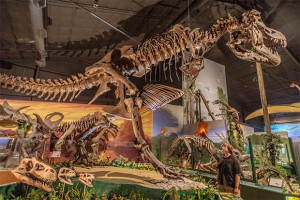Current Exhibits
The current exhibits at the Naranjo Museum are part of the permanent collection of Dr. Neal Naranjo. The following are descriptions of a few exhibits in the Naranjo Museum.
Strata Wall
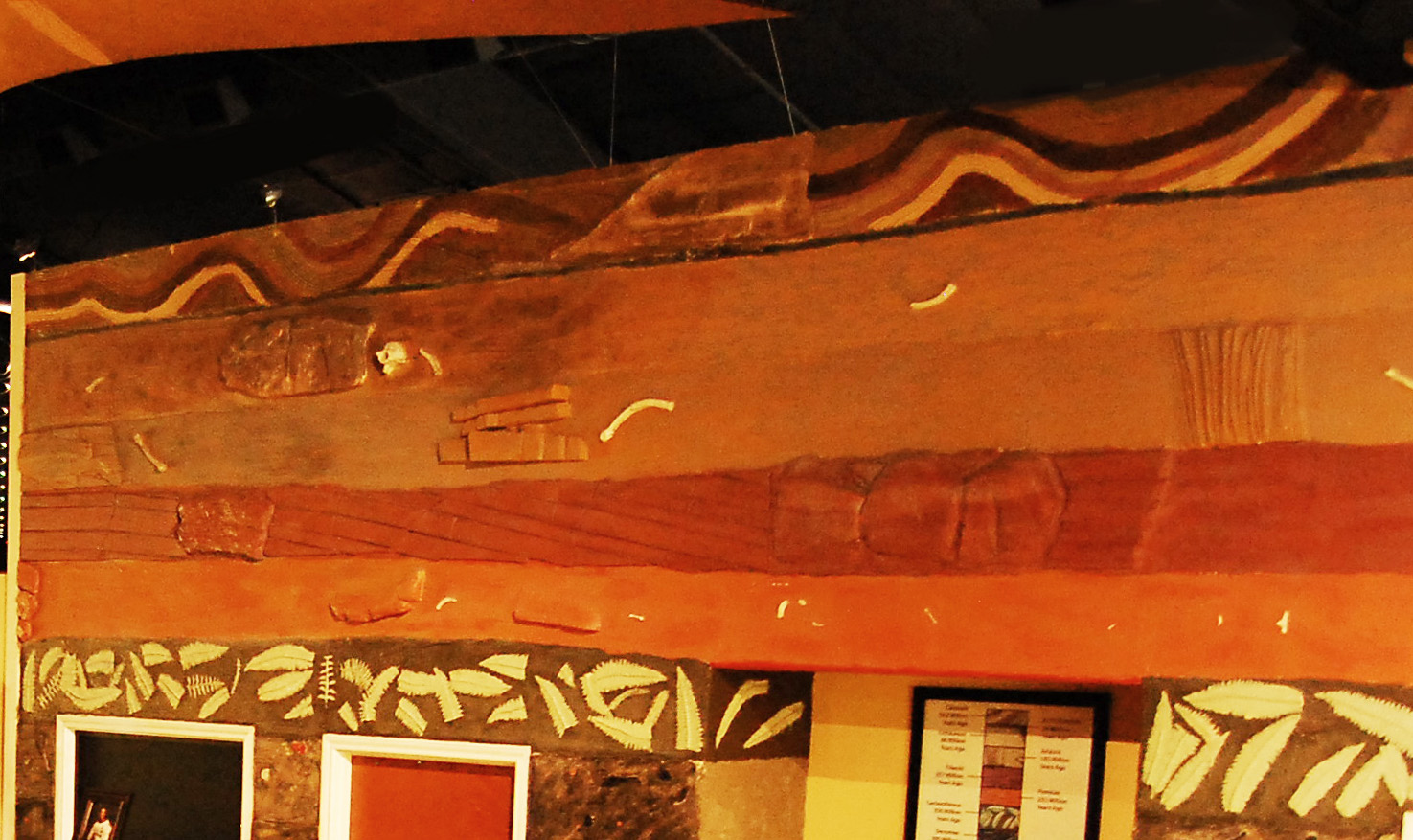
Have you ever wondered how deep in the earth fossils can be found? The strata wall shows the different layers of stratum that are represented throughout the earth’s history. Using it you can see just ...
Continue »Dig Site, Where to Find Fossils
The tools and equipment shown in the dig site were used to dig up Mary Ann Hadrosaur in Montana. For the easy ground we were able to use a shovel and pick but for the harder ground we had to break th ...
Continue »Radiometric Dating and Cretaceous North America, Dig Pit

Radiometric dating is a process used to date rocks and fossils after they are found. Willard F. Libby was one of the first men to understand and discover this process. He won the Nobel Prize in 1960 f ...
Continue »Becoming a Fossil
Becoming a fossil is harder than it seems. Conditions have to be just right for a fossil to be preserved. When a dinosaur died, sediment would quickly cover the body to protect it from scavengers a ...
Continue »Precambrian Eon
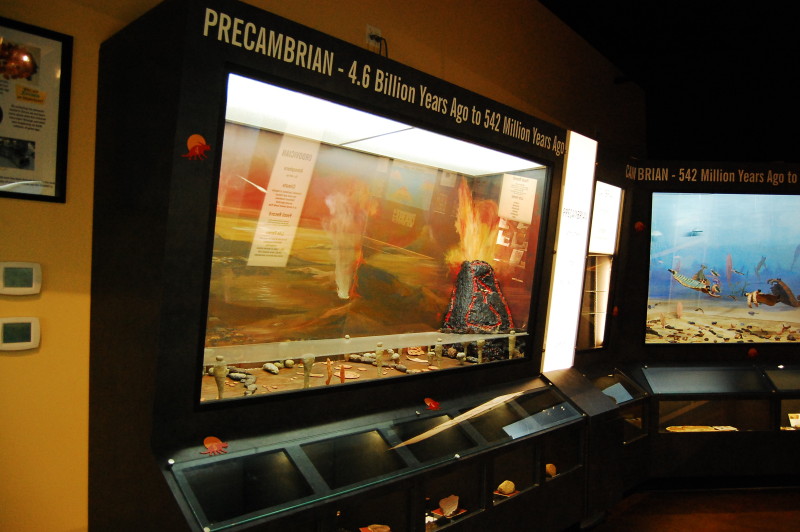
The Naranjo Museum has on display one of the best collections of Precambrian fossils. The Precambrian period experienced a harsh environment. The oxygen levels were extremely low and the landscape ...
Continue »Cambrian Period

The Naranjo Museum has on display one of the most complete collections of Cambrian fossils. The Cambrian period is known as the explosion of life. Now that the earth was oxygenated, life could flo ...
Continue »Ordovician Period
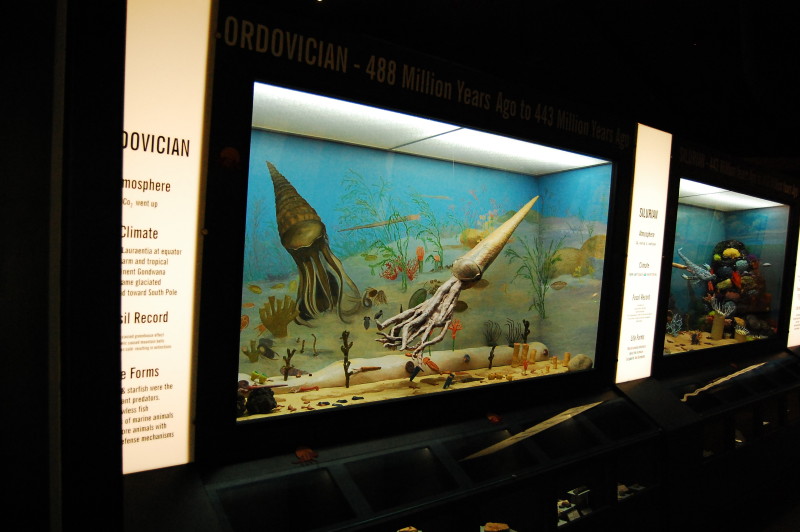
Here you will find in the fossil cases and in the diorama an excellent representation of all life forms that existed during the Ordovician Period. Nautiloids were the dominant predators at this tim ...
Continue »Silurian Period
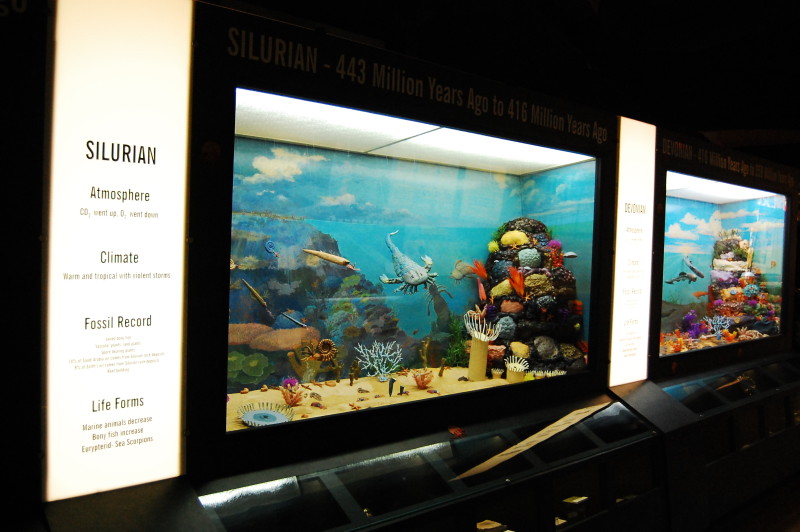
Here you will find an extensive collection of fossils of the Silurian period. Notice the variety of plants and marine creatures in the diorama. After the Ordovician extinction Coral reefs began to ...
Continue »Devonian Period
Here you will find a comprehensive collection of marine animals, plants, and life forms representing the Devonian Period. The diorama is a comprehensive representation of the fossil collection. The a ...
Continue »Dunkleosteus
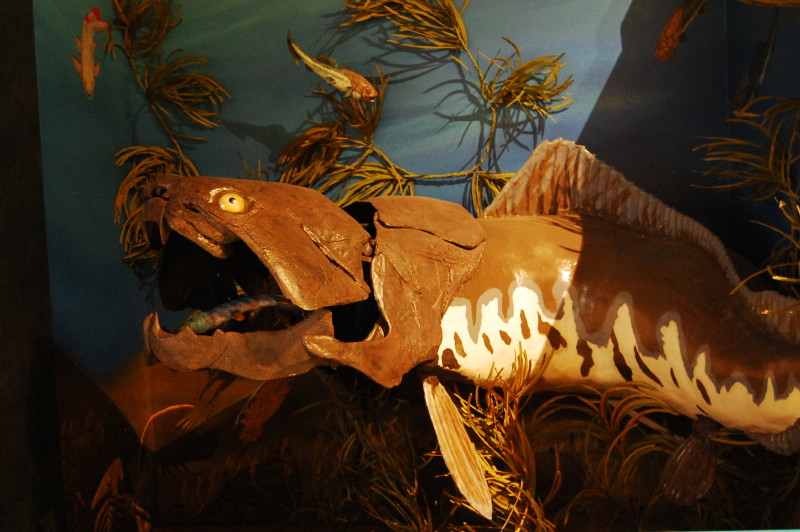
The Dunkleosteus was the dominant carnivorous predator during the Devonian Period. It was a member of the Placoderm family which was characterized by their bony plates on the outside of their heads. ...
Continue »Carboniferious Period
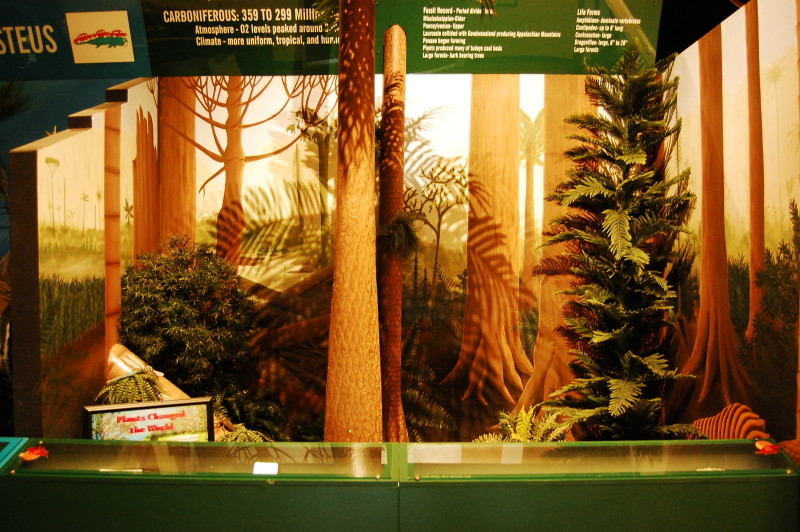
Here you will find in the fossil cases and in the diorama an extensive presentation of the fossils of the Carboniferous period. The Carboniferous period is known for its plant life. Amphibians wal ...
Continue »Permian Period
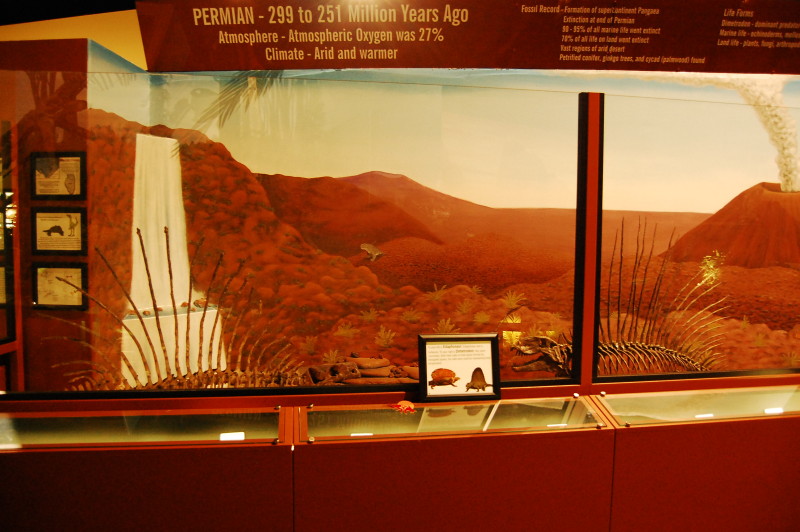
The large specimens are complete fossil animals. The lava and flat round sand stone were found on site. The large stones have footprints and tail drags. The Permian Period saw the diversification ...
Continue »Triassic Period
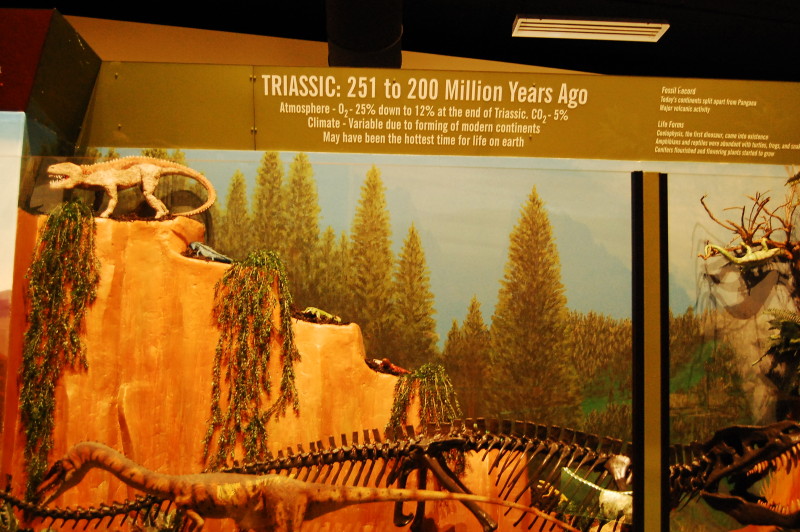
The first dinosaur is believed to be Coelophysis. The flat rocks have footprints and tail drags, and the petrified wood was found at dig sites while finding fossil bones. After the Permian extinction ...
Continue »Jurassic Period
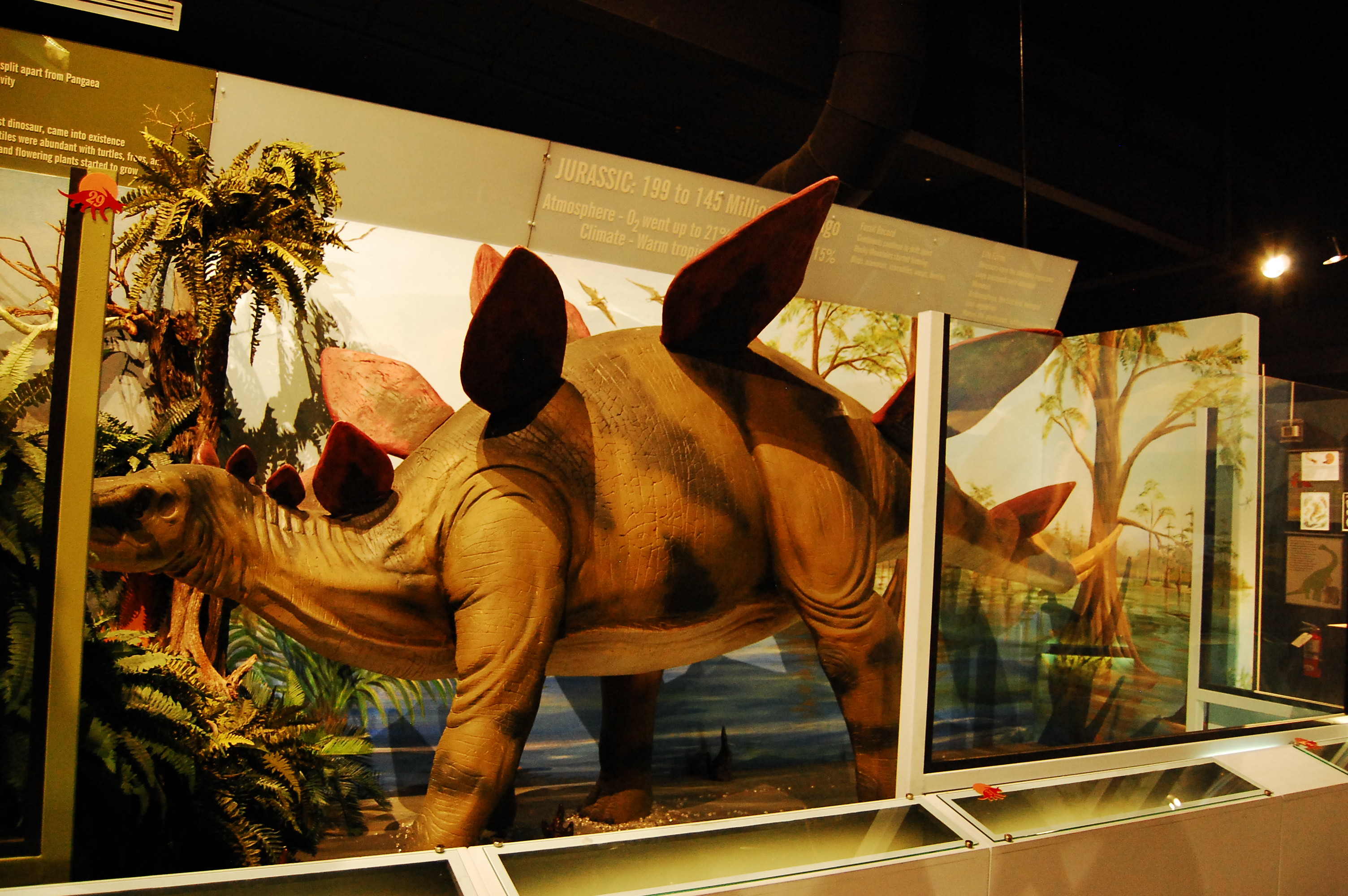
The Age of the Sauropods - Very Large Dinosaurs. Note the numerous marine creatures – Belemnties, Fish and Crayfish. At the beginning of the Jurassic Period Pangaea began shifting into two landmass ...
Continue »Jurassic Period; Age of Sauropods
The Brachiosaurus was a sauropod dinosaur that lived during the Jurassic period. It had a long neck and small head but was once thought to be the largest dinosaur. This Brachiosaur is the size of a 3 ...
Continue »Cretaceous Period
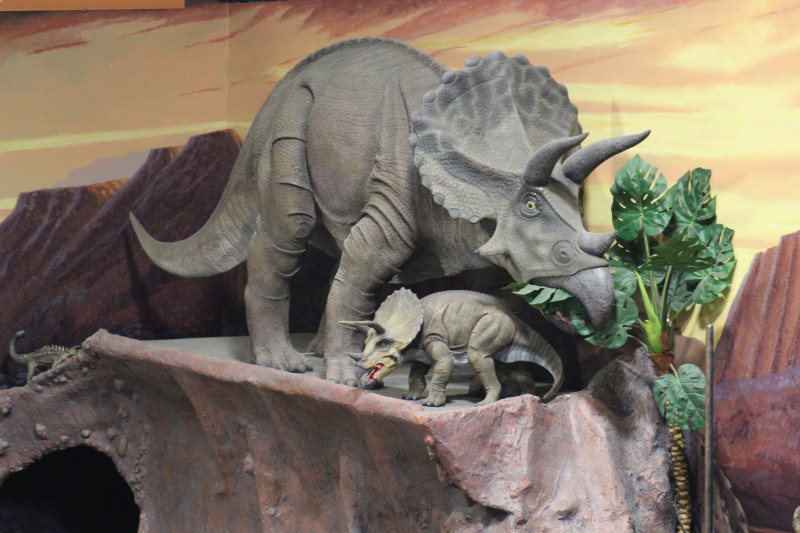
The Cretaceous period had a relatively warm climate that allowed the earth to be abundant with life. New groups of mammals and birds appeared, but dinosaurs still dominated on land. Along with many ...
Continue »Cretaceous Period: Einiosaur and Tyrannosaurus Rex
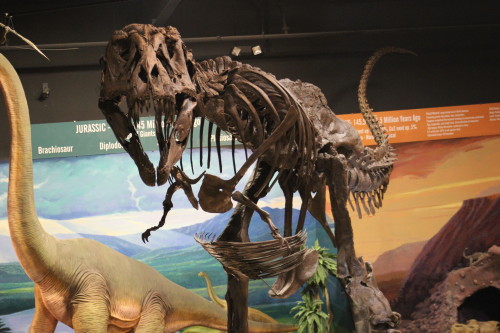
Most fossils that we find in Texas come from the Cretaceous period. In the next few cases there are fossils that have been found in Texas dating back to the Cretaceous period. Gastropods are a common ...
Continue »Cretaceous Period: Mary Ann Hadrosaur
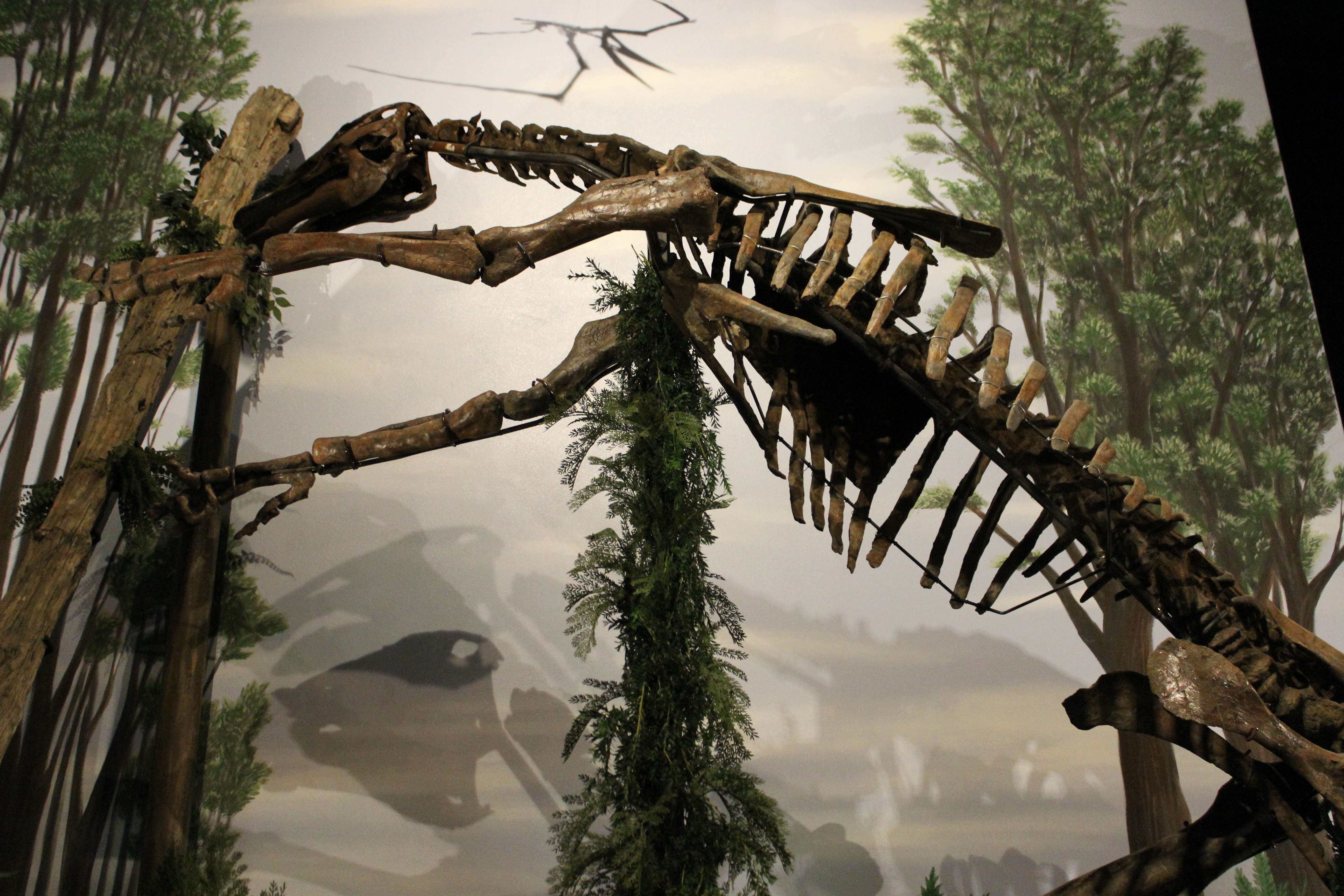
Mary Ann Hadrosaur was found in the Hell Creek Formation of Montana by the Naranjo expedition in 2008. She lived 68 million years ago in a swampy environment. Hadrosaurs were known as duck-b ...
Continue »Cretaceous Period: Eggs and Hadrosaur Bone
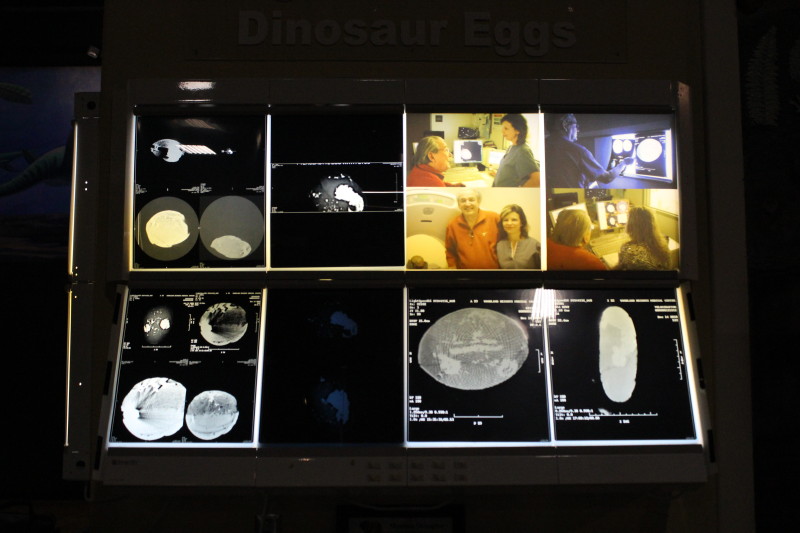
These are different fossilized dinosaur eggs that have been found. Through the X-Rays you can still see fossilized embryos inside the eggs. These are fossilized Hadrosaur bone that has teeth marks ...
Continue »Cretaceous Period: Plesiosaur, Ichthyosaur, Mosasaur, Brachyceratops and Meteorite
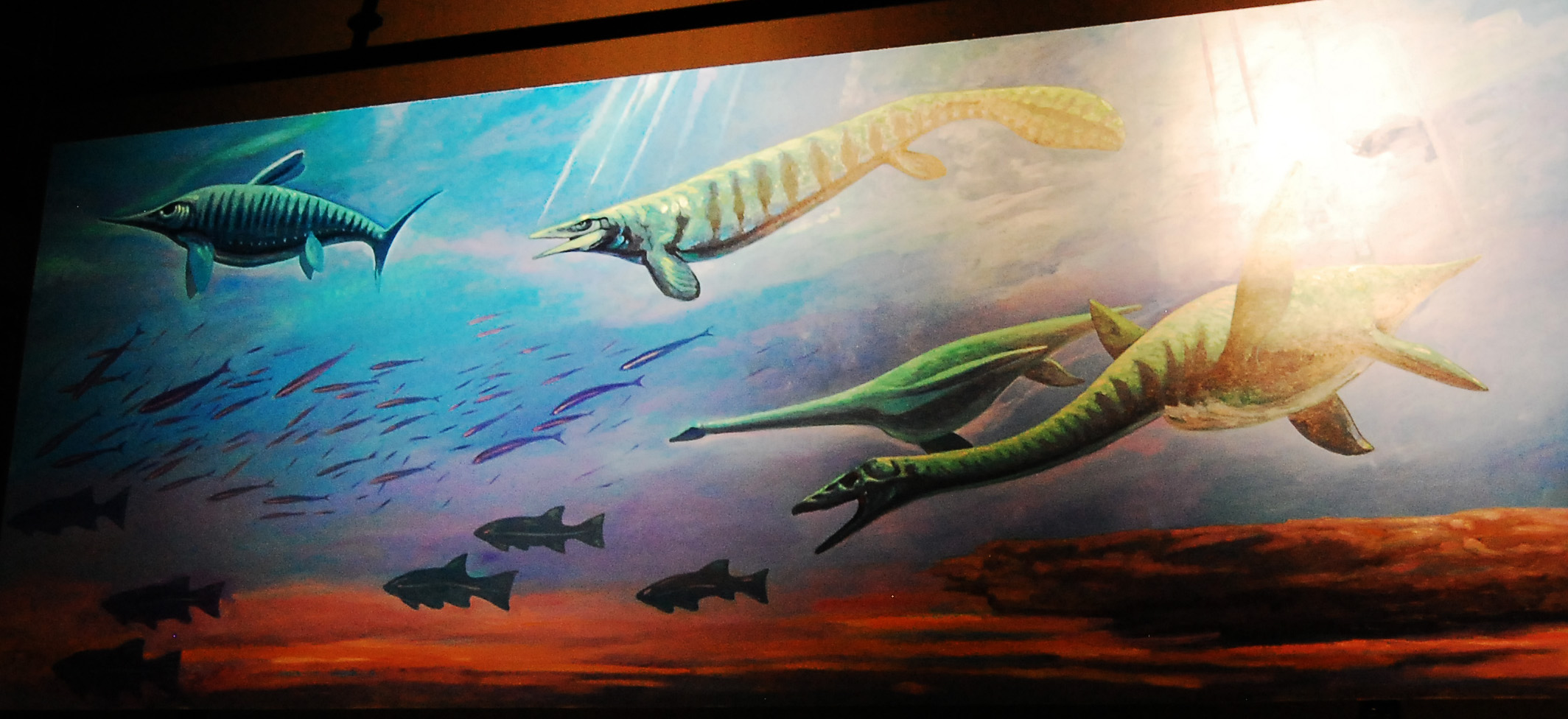
The Plesiosaur was a marine reptile from the cretaceous period. In the mural you can see an illustration of a Plesiosaur and above the Gem room is a replica of the skeleton of a Plesiosa ...
Continue »The Gem Room
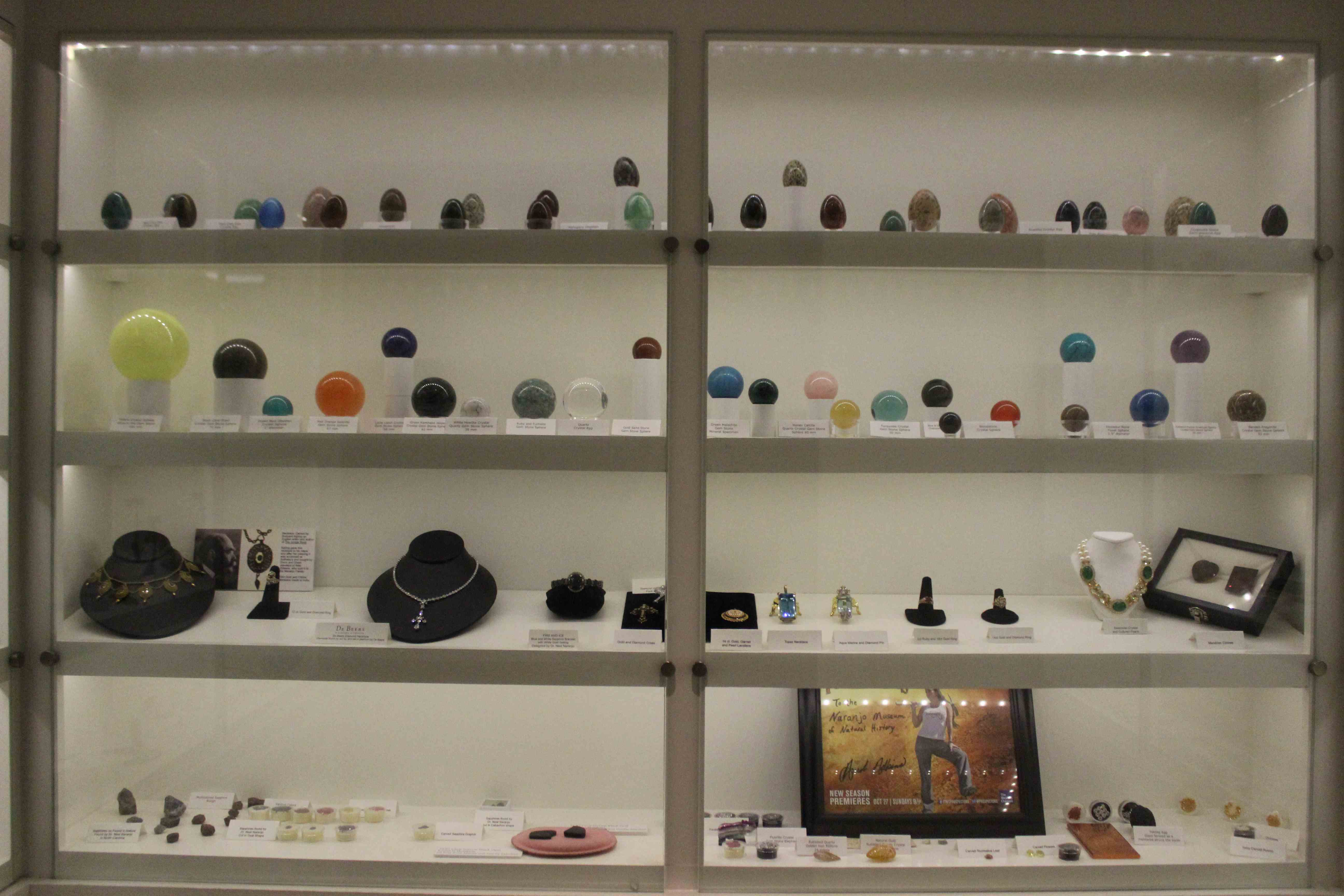
The Gem room is a collection of precious stones, money, and jewelry that Dr. Naranjo has collected over the years. Confederate currency was printed just before the outbreak of the civil war by the ne ...
Continue »Katie the Cave Bear
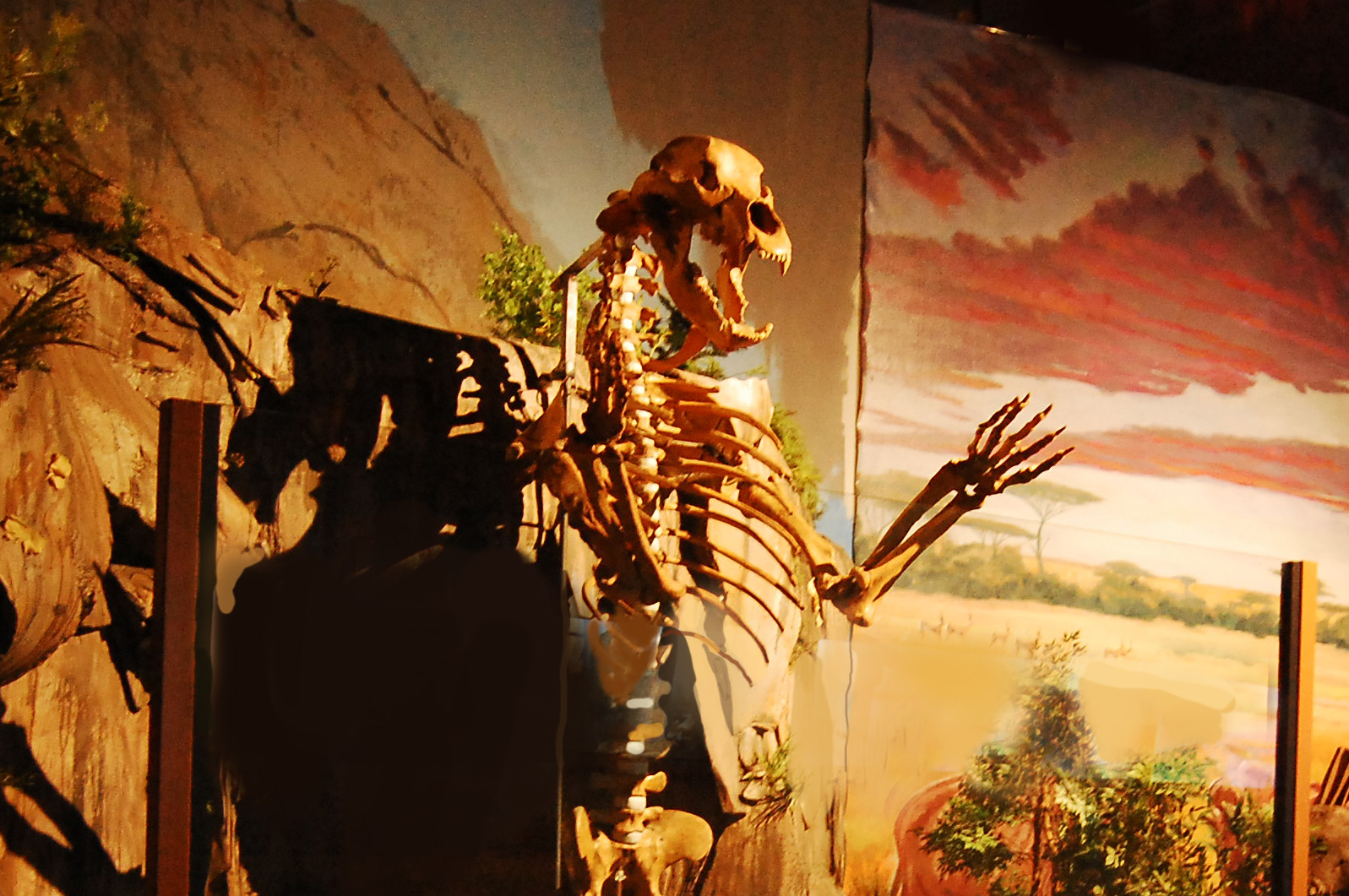
The Cave Bear is an extinct species of bears that lived in Europe during the Pleistocene period. It became extinct after the last Ice Age. They are the ancestors of the Brown Bear that exist today. ...
Continue »Bison
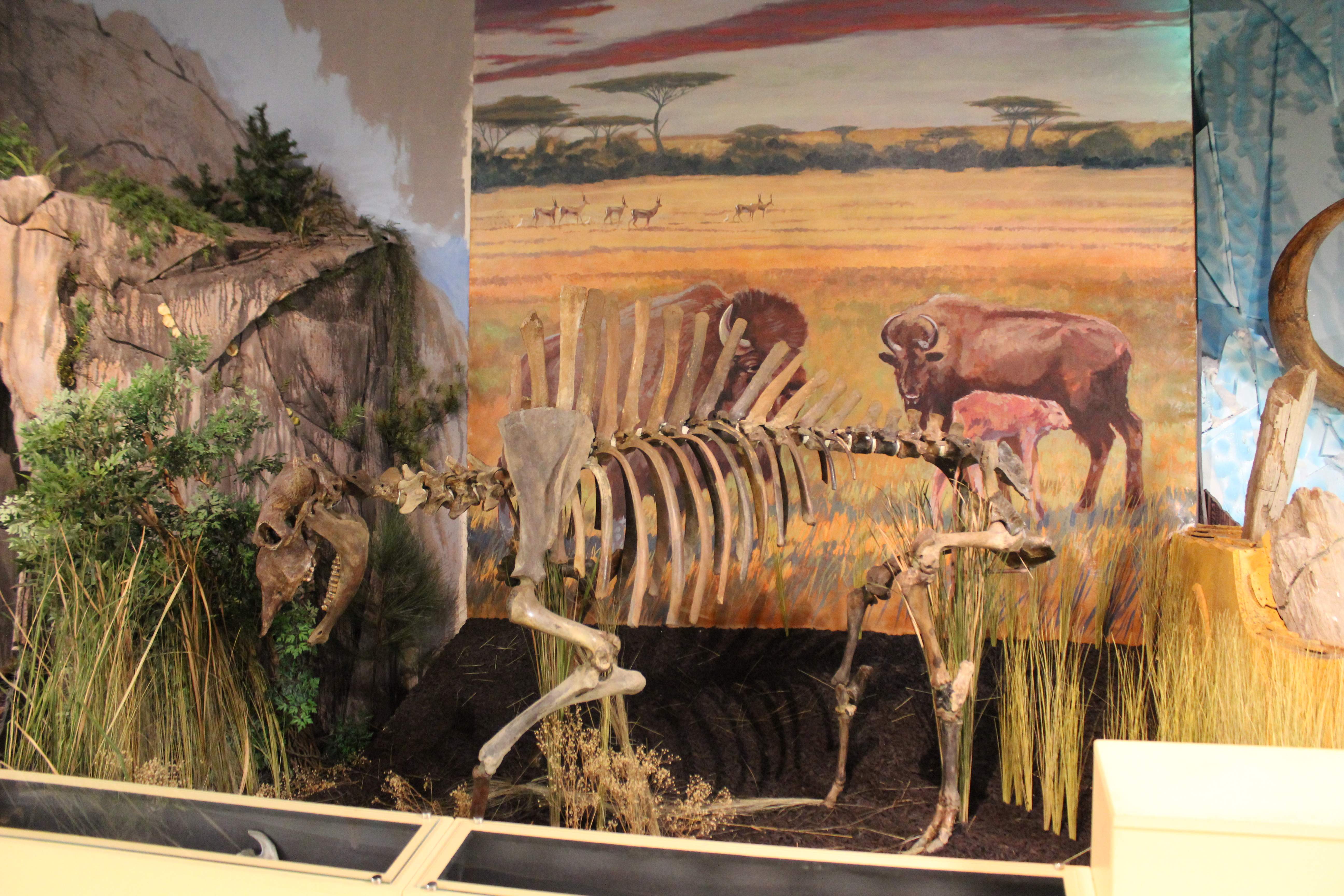
Bison are still around today and are abundant in North America. They are sometimes referred to as the American Buffalo and can usually be found grazing in the Plains. A jaw bone along with its sur ...
Continue »Whooly Mammoth and Smilodon
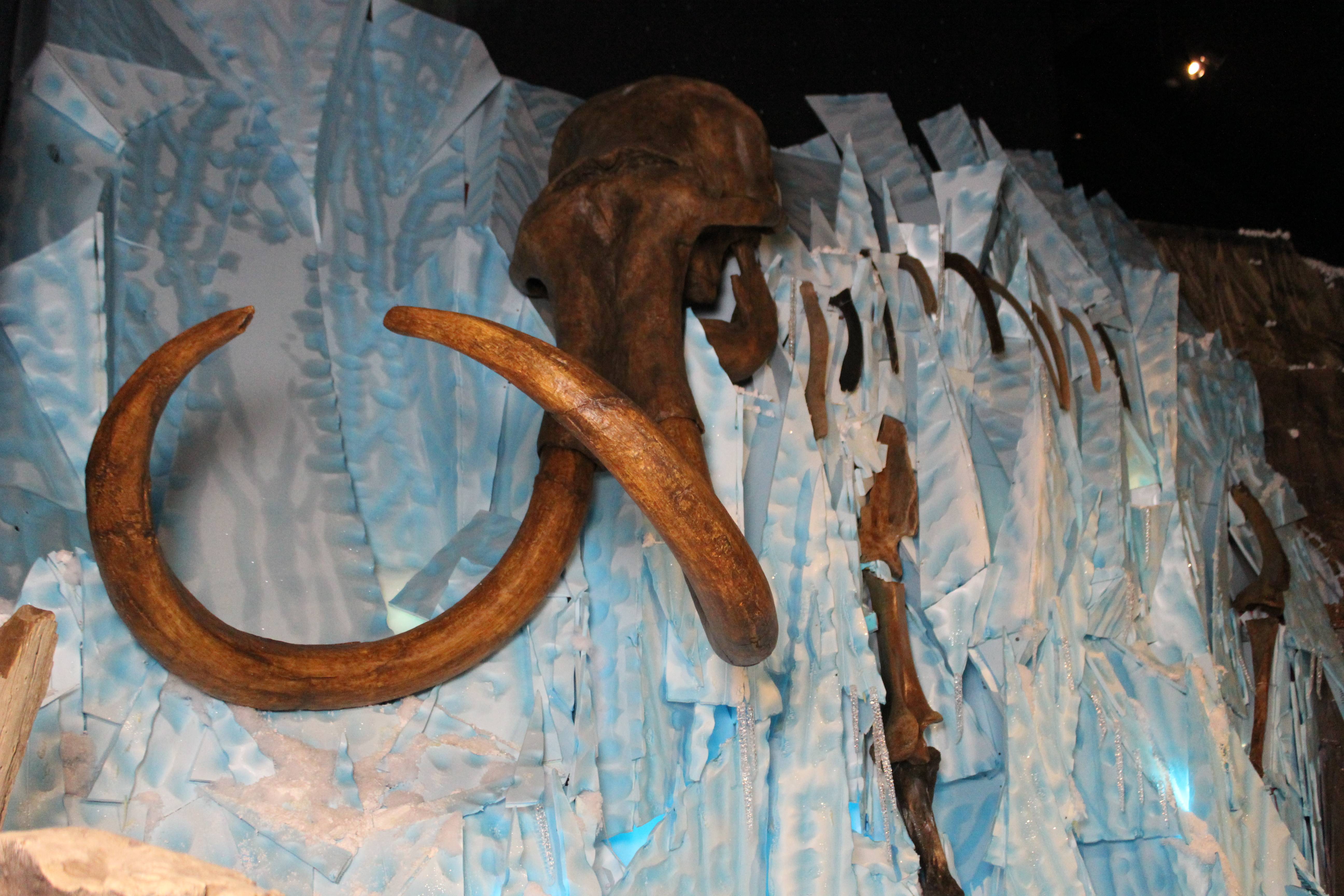
The Whooly Mammoth is an extinct group of Mammoth that survived until about 10,000 years ago. It had a thick layer of fur that helped it survive the Ice Age. It lived alongside early humans ...
Continue »Gulf Coast and East Texas Wildlife
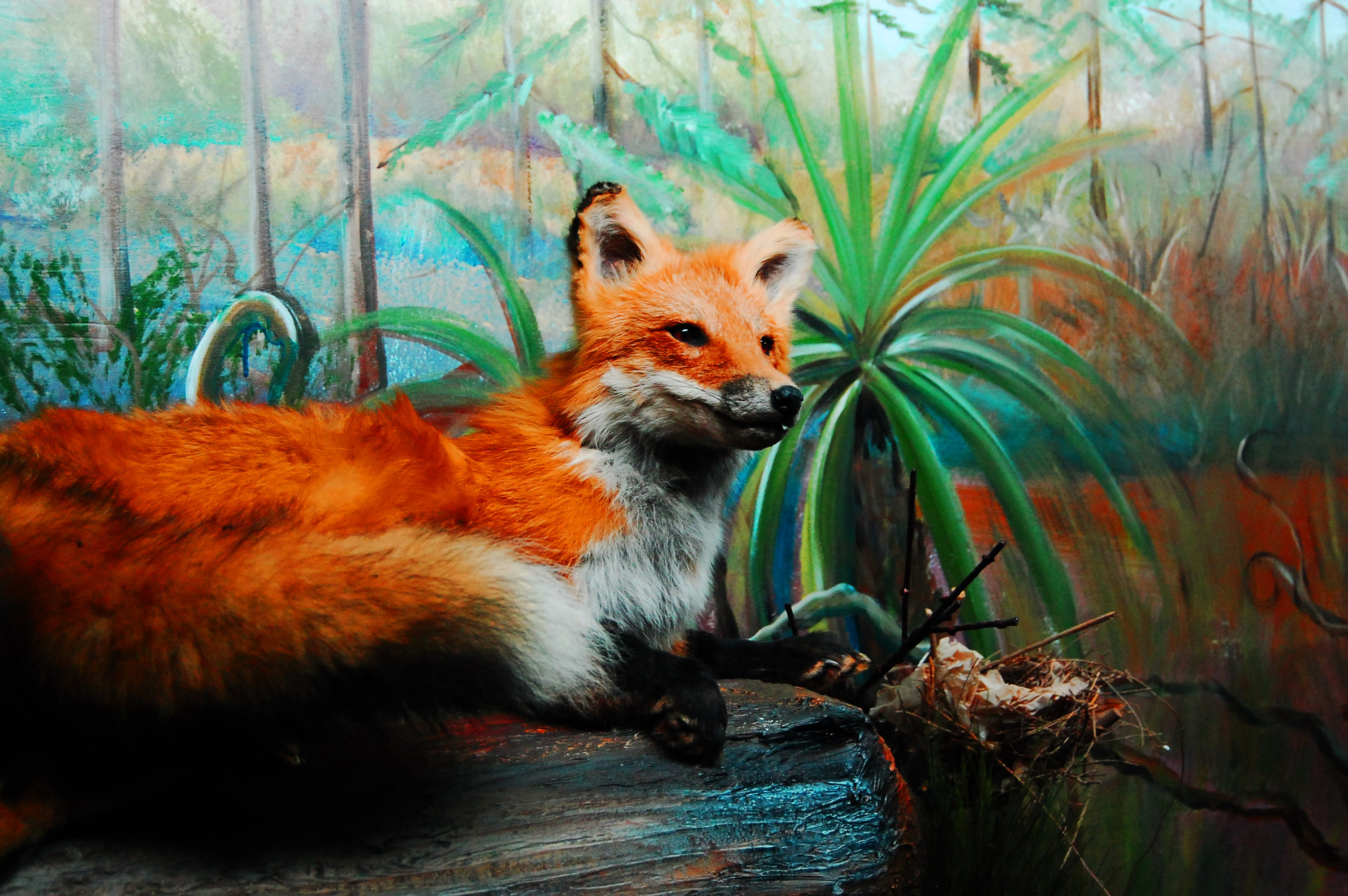
The Gulf Coast Exhibit shows the different aquatic animals that can be found in the waters off the Gulf Coast of Texas. These animals can be found in your backyard. Some of these anim ...
Continue »NASA

These tires and the food and space suit that the mannequin is wearing were actually on a space craft that went into outer space! This is what the Astronauts eat while in Space. It’s not very appetizin ...
Continue »Naranjo Museum loans fossils to the Discovery Science Place in Tyler, TX.

CLICK HERE for "Return of the Dinosaurs" promotional video This Summer, the Naranjo Museum of Natural History will be loaning a few real fossils to the Discovery Science Place in Tyler, TX. I ...
Continue »New Early Human Artifact: Homo naledi
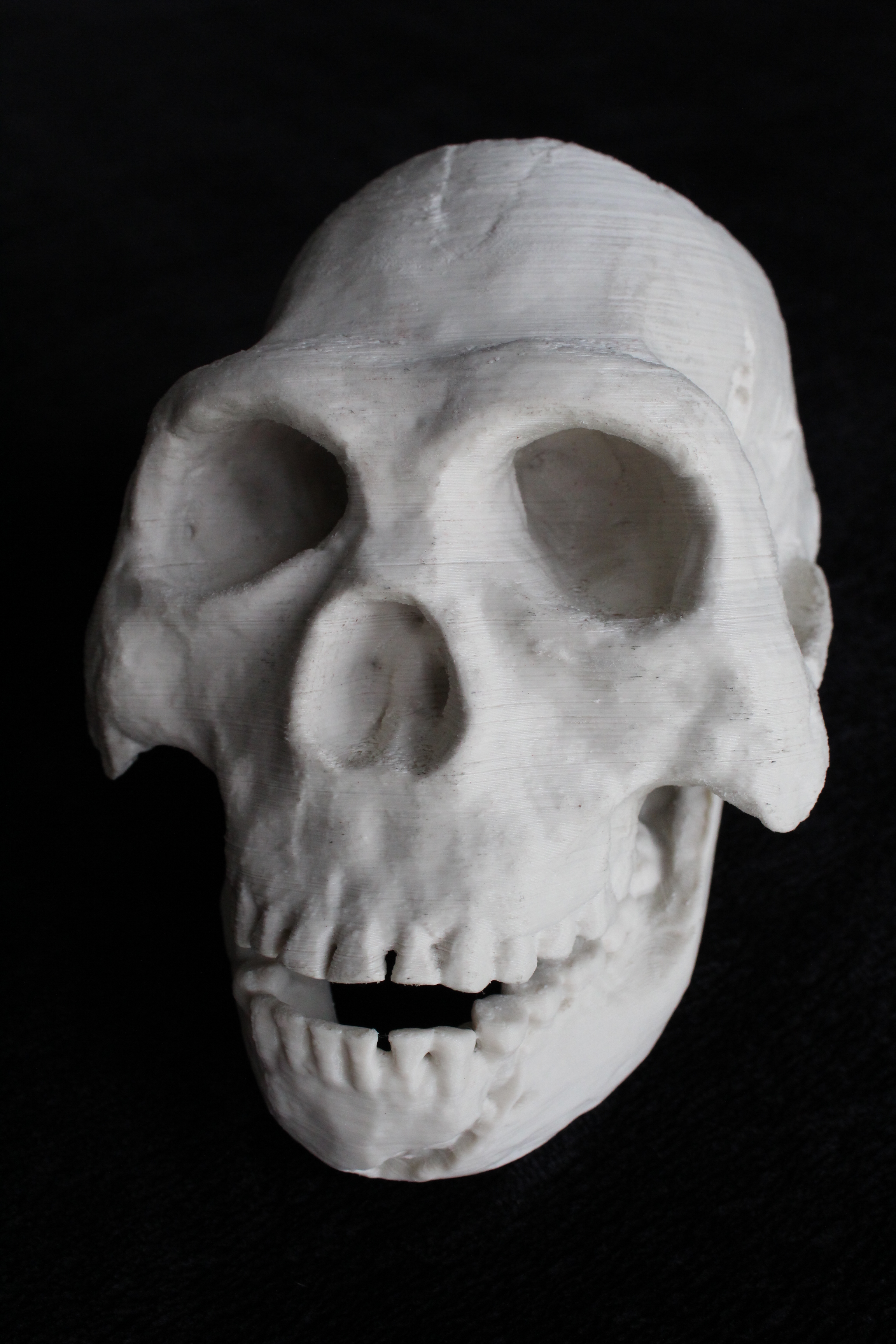
[video width="1920" height="1080" mp4="http://naranjomuseum.org/wp-content/uploads/2019/02/naranjo.mp4"][/video] Meet Homo naledi, the most recently discovered member of the hum ...
Continue »New in the Jurassic Exhibit: 9ft Camarasaurus Leg
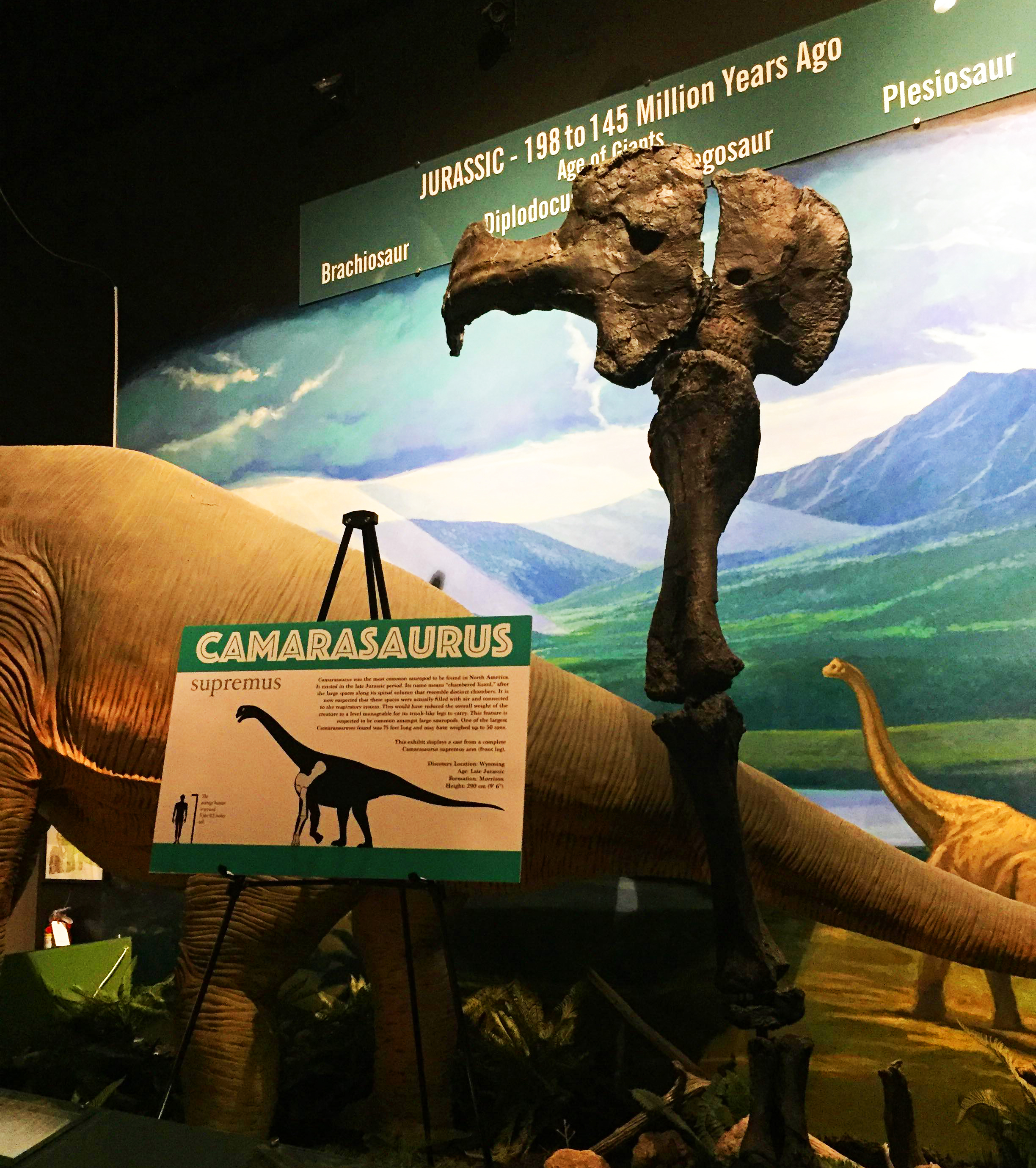
You cannot help but see the newest addition to the Jurassic Sauropod exhibit at the Naranjo Museum. This 9-foot tall leg and shoulder blade belongs to Camarasaurus, one of the most c ...
Continue »Become a Museum Member!

We have lowered the pricing on all membership levels! Our most popular membership option is a family membership which includes free annual admission and discounts on camps and rentals. Becoming is mem ...
Continue »
